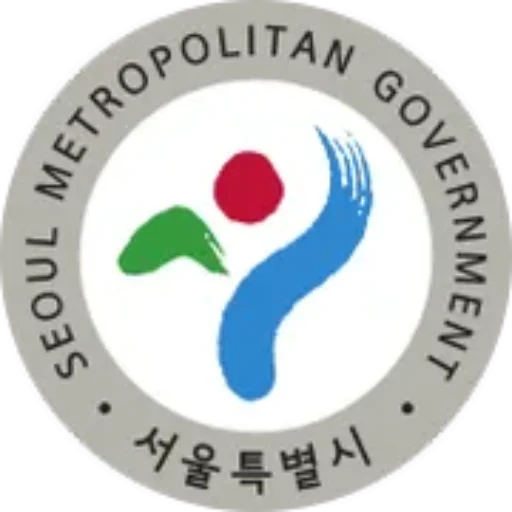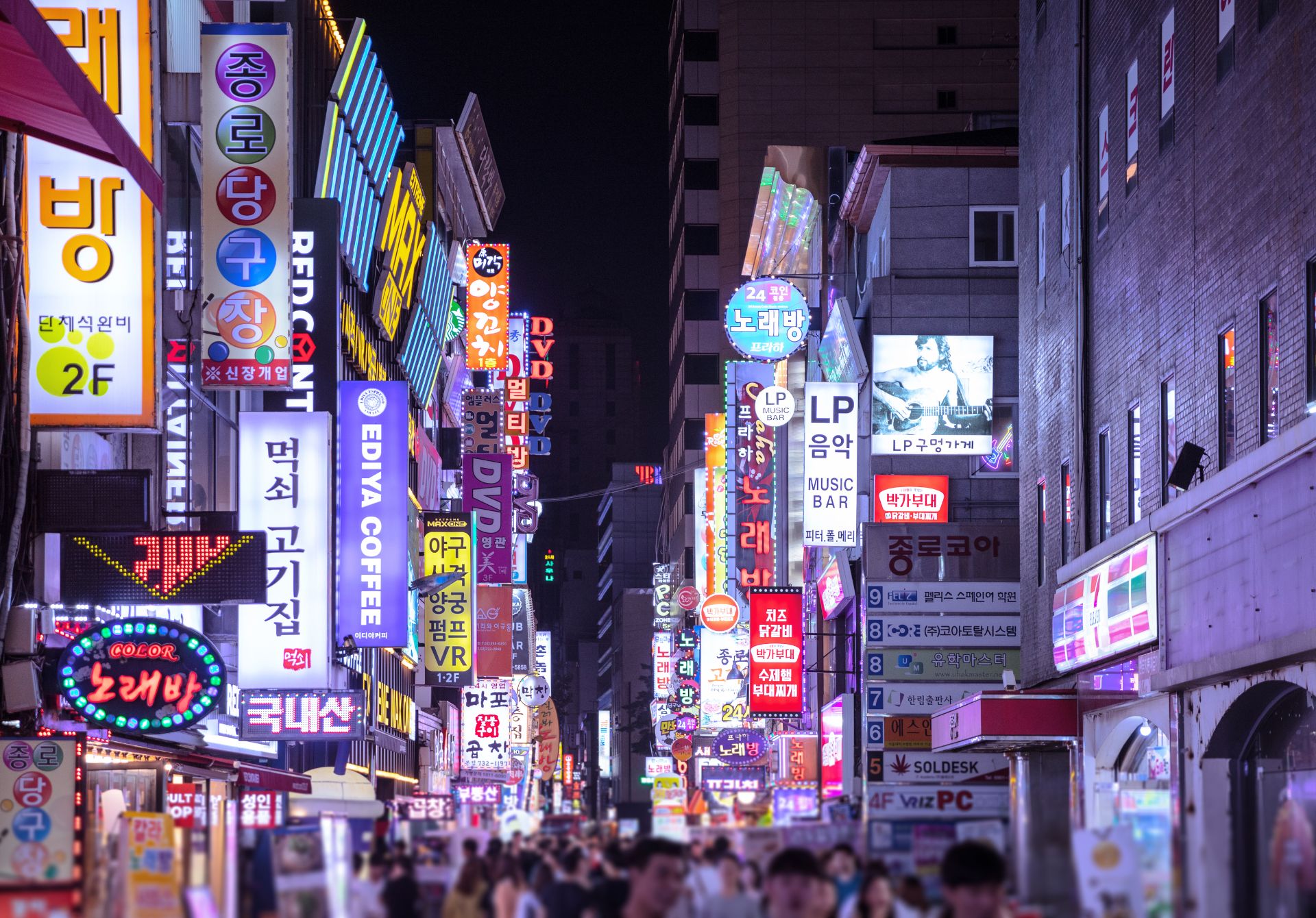Myeongdong’s transformation from a small settlement during the Joseon Dynasty to Seoul’s commercial epicenter reflects South Korea’s dramatic economic evolution. During the Japanese colonial period (1910-1945), the area became a financial district, hosting major banks and corporate headquarters. Following the Korean War, it emerged as a symbol of South Korea’s “Miracle on the Han River,” the country’s rapid industrialization and economic growth.
Shopping Paradise
Today, Myeongdong attracts an estimated 2 million visitors daily, making it one of the world’s most expensive shopping districts with land values exceeding $28,000 per square foot as of 2023. The area houses over 1,000 retail stores, with both local and international brands competing for consumer attention. Korean beauty and cosmetic brands like Innisfree, Nature Republic, and Etude House dominate the landscape, offering exclusive products and promotional deals.
Beauty and Fashion Hub
Korean cosmetics, known as “K-beauty,” generate approximately $2.5 billion in annual sales within Myeongdong alone. The district’s beauty stores employ multilingual staff and offer tax-free shopping, catering to the growing international tourist market. Fashion boutiques range from affordable street brands to luxury labels, reflecting the district’s diverse consumer base.
Culinary Destination
Myeongdong’s food scene encompasses everything from traditional Korean street food to high-end dining establishments. The district hosts over 500 restaurants and food stalls, serving an estimated 100,000 meals daily. Street food vendors offer iconic dishes like tteokbokki (spicy rice cakes), odeng (fish cakes), and Korean-style corn dogs, with prices ranging from 3,000 to 8,000 won per item.
Local Specialties
Notable establishments include the Myeongdong Kyoja, serving handmade kalguksu (knife-cut noodles) since 1966, and the famous Jinwangsung Dakhanmari, known for its whole chicken soup. The area’s street food vendors collectively generate an estimated annual revenue of $50 million, highlighting their significant economic impact.
Cultural Landmarks
At the heart of Myeongdong stands the Gothic-style Myeongdong Cathedral, constructed in 1898. As the first brick church built in Korea and the birthplace of the Korean Catholic church, it attracts 15,000 visitors weekly. The cathedral played a crucial role during Korea’s democracy movement in the 1970s and 1980s, serving as a sanctuary for pro-democracy activists.
Transportation Hub
Myeongdong’s central location and excellent accessibility contribute to its popularity. The district is served by two major subway lines (Line 2 and Line 4), handling approximately 500,000 passengers daily. During peak shopping hours (2 PM to 8 PM), pedestrian traffic can reach 2,000 people per minute on the main shopping streets.
Economic Impact
The district generates annual retail sales exceeding $8 billion, contributing significantly to Seoul’s economy. Employment in the area supports over 100,000 jobs directly and indirectly. During peak tourist seasons, particularly during Chinese holidays, daily visitor spending can reach $30 million.
Future Developments
Recent initiatives include the “Myeongdong Revival Project,” a $200 million investment plan aimed at modernizing infrastructure while preserving traditional elements. The project includes expanding pedestrian zones, implementing smart shopping technologies, and developing new cultural spaces to maintain the district’s competitive edge in Asia’s retail landscape.
Myeongdong represents more than just a shopping district; it embodies South Korea’s economic success story and cultural influence. Its evolution from a financial center to a global shopping and tourism destination mirrors Korea’s own transformation. With its blend of commerce, culture, and cuisine, Myeongdong continues to adapt and thrive, remaining an essential destination for both local residents and international visitors. The district’s ongoing development and ability to embrace both tradition and innovation ensure its position as one of Asia’s most vibrant urban spaces.

